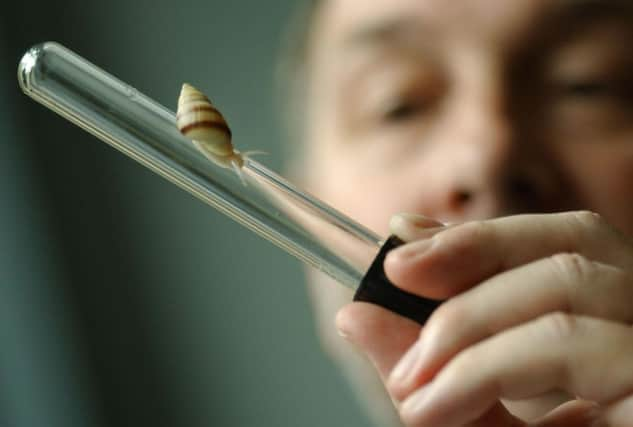Learning how to help our museums


Most of us don’t like change. But as expectations continue to change, in order to boost engagement with communities, so must our museums.
As the development body for museums and galleries in Scotland, it will come as no surprise that we love museums. So when we asked board members and staff to go out to museums over July and August to see them in action, they were delighted.
Advertisement
Hide AdAdvertisement
Hide AdThe visits campaign has a dual purpose; to find out more about the work museums are delivering and planning, but also to remind museums of the services and support we offer to achieve the aims of the National Strategy. Seeing museums in operation and speaking directly to museum colleagues are hugely important to me as chairman of an organisation which supports more than 400 museums throughout Scotland.
We wanted to get a true picture of the sector, warts and all. Our relationship with the sector has changed since we shifted from a membership subscription-based organisation to a development body. The visits campaign begins to build a new partnership with museums of strategic support and guidance as we develop our role as a champion of the sector as a whole.
Twenty-one members of staff and five members of the board have so far visited 60 museums, with more visits to go, representing about 15-20 per cent of the sector. Passion for museums is one of our most important values and the feedback from our own board and our staff has shown the depth of feeling we have for our sector. Colleagues have returned from listening to what museums had to say with renewed commitment. What we’ve heard has been educational, motivating and, above all, inspiring.
It’s a sentiment that has been echoed through the experiences of Catriona Gorry, executive assistant at MGS. One of the museums she went to was initially sceptical about why she was there, but the cynicism soon disappeared. “It’s a great way for us to be able to better connect with the sector,” she said. “I was really inspired by a museum which is entirely run by volunteers and has achieved so much in such little time. It’s a reminder of who we’re working for.”
The benefit to MGS staff is indubitable, and understanding the sector better is always going to be essential. Joanne Orr, CEO of MGS, instigated the visits programme and says it is all about engagement. “We want every level of the organisation to know what it’s like for the sector on the ground,” she said. “For some museums, it has been tough for the last few years, but the sector is very resilient, and that is largely down to passion and commitment of the staff and volunteer base.”
The sector’s passion and commitment has been at the forefront of all reports back from the visits. My own visits took me to Aberdeenshire, and The Grampian Transport Museum, Aberdeen University Museum and the Museum of Zoology, to Ayrshire to the National Maritime Museum and to Stirling to the Smith and the Argyll and Sutherland Museum, all distinctive and made great by the people who run them.
We are thankful to each of the 60 museums who welcomed us into their worlds, those we have yet to meet and those who continue to work with us to make our sector better and better. It is in this spirit of listening, supporting and collaborating that we strive to make what is good even better. The lesson for a development body is to work closely with the sector to achieve a sustainable future for our museums and galleries in Scotland.
• Douglas Connell is chairman of Museums Galleries Scotland